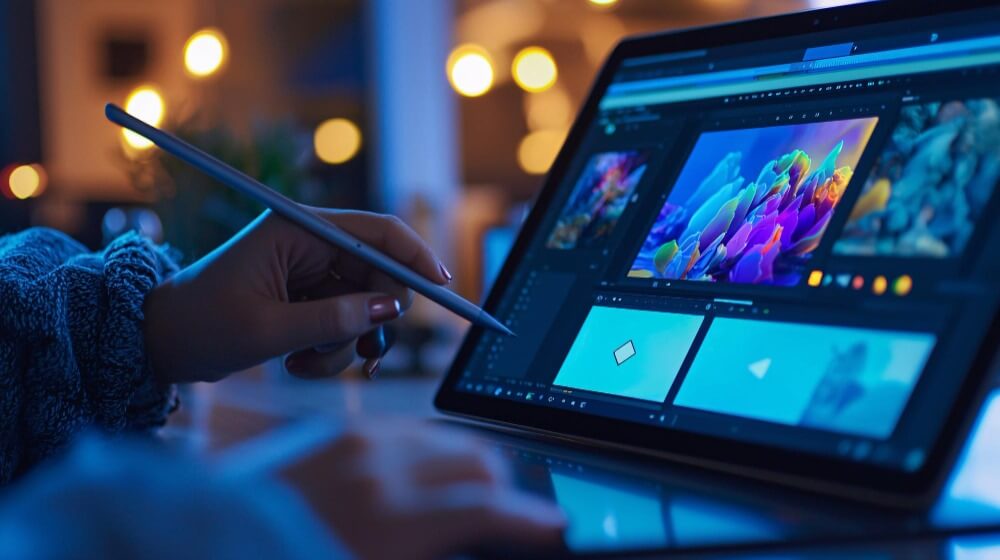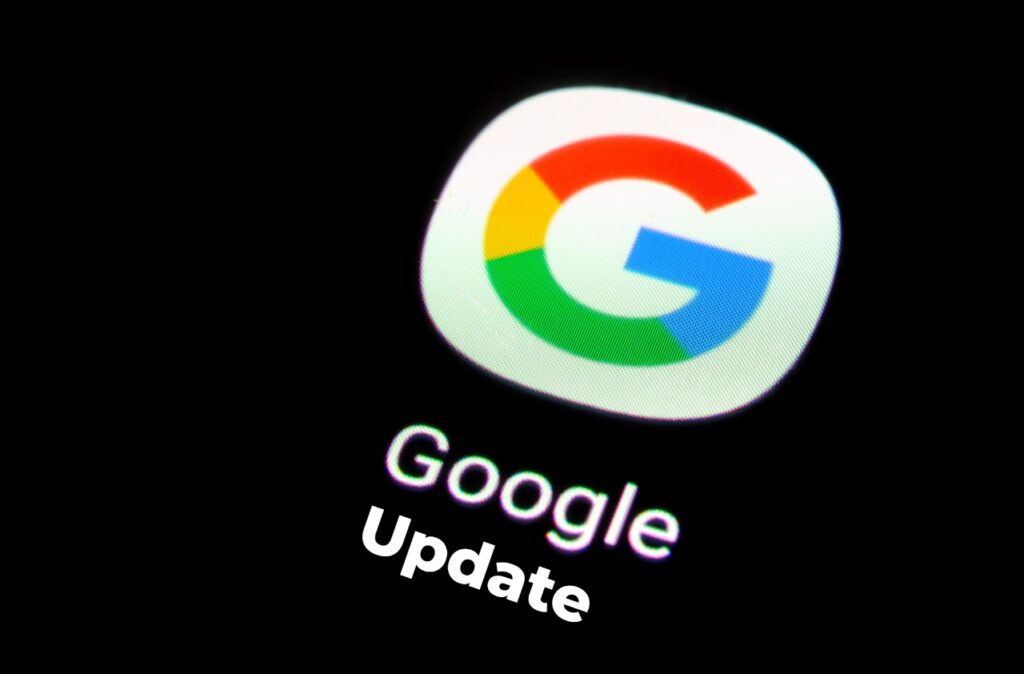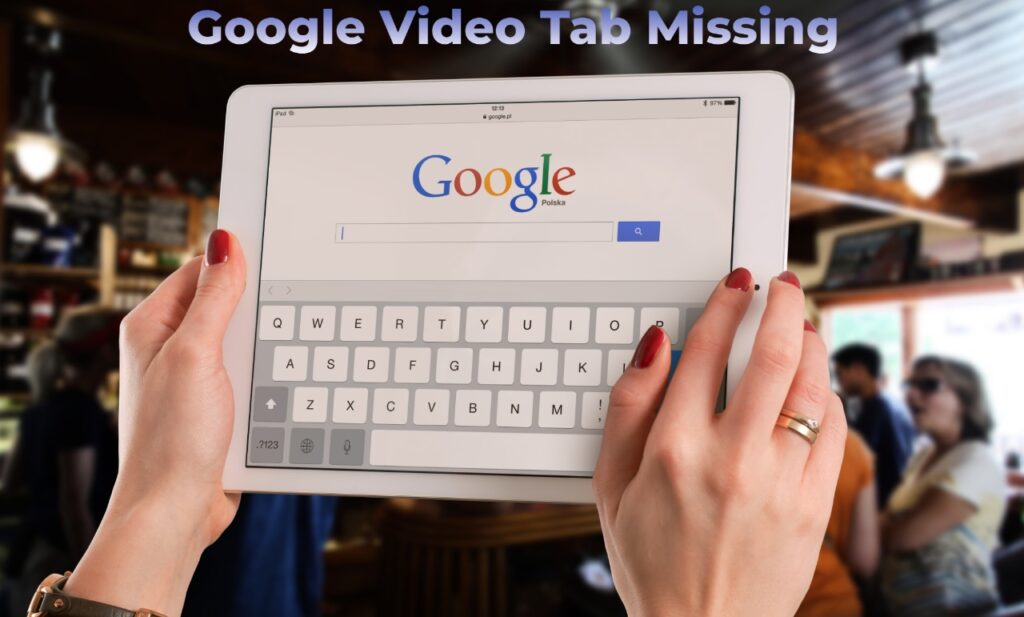Table of Contents
ToggleRegular creation of content is not enough to save many organizations’ digital marketing efforts from collapsing. Who is the culprit? An outdated strategy that neglects the increasing significance of visual content for search engine optimization.
Companies that do not adapt risk losing exposure and relevance, as digital giants such as Google and Apple are giving priority to AI-powered visual search. Many businesses lack the centralized approaches and control required to handle visual assets across divisions in an effective manner.
This article provides a seven-step guide on how to future-proof your SEO and visual content for 2025. You can take advantage of the current trends, optimize for AI-powered search, and significantly boost your online presence and engagement by implementing these methods into practice.
How Are the Big Players Changing Features to Support Visual Search?
In the Top Insights section of product and AI-generated search results pages, Google is currently including video and image information, mostly from YouTube, websites, and third-party sites. By providing a wider range of information rather than simply text-based results and reviews, this modification gives users a deeper, more interesting experience.
In addition, it enables marketers to use video and graphic content to increase engagement and visibility.
Similarly, Apple introduced Visual Intelligence with Vision 3, which includes more features such as object detection and image segmentation. Developers can now create more complex and effective applications that make use of visual information as a result of these additional features.
Why Are Visual Content and SEO Challenging for Enterprises and SMEs?
The main issues with SEO and visual content include a lack of centralization, as well as various governance, policies, and departmental understanding. Content production should be based on client intent, taking into account photos, videos, PDFs, and all other touchpoints and channels, as search is multimodal.
It is expanding beyond words by including a variety of graphic materials. This change demands a customer-centric strategy that puts intent and experience first. Many businesses find it difficult to apply uniform best practices for graphic assets across divisions.
The need to organize all visual assets, ensure they are optimized, and distribute them consistently across all channels has increased with the rise of AI-powered search.
Top Trends in Visual Content and SEO
- App-like Interactions: Customers are looking for more interactive experiences, making short-form videos essential for enhancing user experience.
- Video Content: Short, engaging videos are becoming standard due to platforms like TikTok and Instagram Reels. They are crucial for outreach, increasing engagement, and boosting conversions in search engine results pages (SERPs).
- Personalization: Brands must customize experiences according to audience, journey, demographics, geography, and intent.
- Mobile Domination: Optimize your UI, UX, and assets for mobile, as the majority of visual content is viewed on mobile devices.
- Interactive Videos: Companies are exploring interactive formats, enabling users to select their own paths, zoom in, or experience 360-degree views. Features like surveys and quizzes also add engagement.
How to Prepare Your Visual Content and SEO for the Future in 7 Stages by 2025
- Curate:
Make a list of all the departments, vendors, channels, and other touchpoints where people create and consume visual material. - Centralize:
Create guidelines to organize your content. Store all photos and videos in a content delivery network (CDN) and digital asset management (DAM) system. Ensure all channels access images directly from the DAM. - Optimize:
Use relevant, high-quality images with the proper file formats, image tags, sitemaps, and structured data. Leverage Google NLP to identify relevant images and prioritize them based on search terms. Use lazy loading and future image formats to ensure your site’s speed remains unaffected by visual content. - Distribute:
Ensure that content is accessed from a single, central point. Use cloud infrastructure and a CDN to host and distribute your assets. - Infrastructure, Experience, and Application:
Use entity search to improve content scannability and create a unique visual hierarchy for competitive advantage. Well-organized pages with relevant images and videos perform better. Develop short films for customer testimonials and USPs. Content such as recipes and how-to manuals works well for visual snippets. Optimize for Google’s multisearch feature, combining text, video, and image searches. - Governance and Checklists:
Establish strong governance and checklists for quality, consistency, and utilization across all departments. Test and improve your checklist based on which images convert well in SERPs. - Metrics and Key Performance Indicators (KPIs):
Track metrics such as page bounce rates, overall click-through rates (CTR), clicks from visual search, presence in AI overviews, and saturation of SERPs and rich snippets.
Visual Search Success Story
The visual search performance of a resort and spa in Massachusetts improved dramatically:
- 871% increase in the number of times photographs appeared in search results compared to the previous time frame.
- 101% rise in total picture impressions over the previous time frame.







